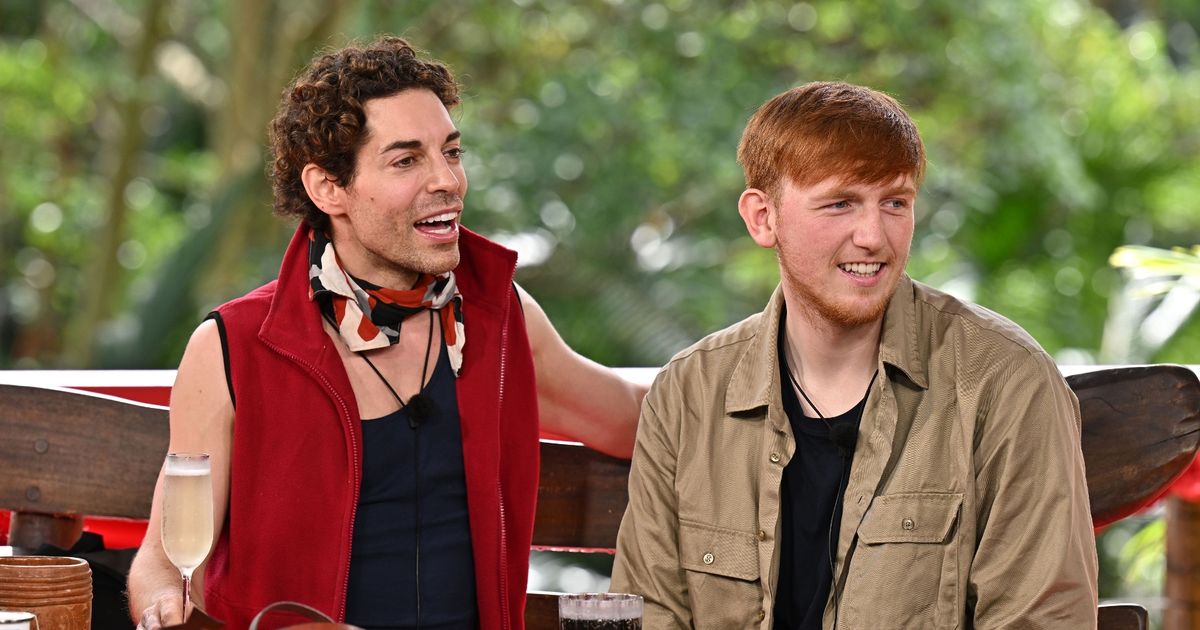The latest series brought in a record number of votes for the ITV reality show
*Warning: Contains major spoilers for the latest episode of I’m A Celebrity… Get Me Out Of Here!*
The champion of I’m A Celebrity’s 25th series has been revealed tonight (December 7), with audiences rushing to share their reactions to the triumphant contestant.
EastEnders actress Shona McGarty, social media personality Angry Ginge and reality television’s Tom Read Wilson made up this year’s final three.
Throughout tonight’s programme, the remaining celebrities had to tackle one final gruesome challenge each to earn starters, mains and puddings for their last jungle feast together.
Despite confronting their deepest phobias during the trials, all three contestants managed to collect every available star, guaranteeing a complete meal and beverage each, with the lavish banquet featuring double cheeseburgers and smoked salmon, reports the Daily Star.
Meanwhile, Tom created programme history during his eating challenge in the finale, leaving Ant and Dec speechless. The Celebrity Dating Agency personality swallowed an entire fermented egg in one go, securing his place in I’m A Celebrity folklore.
This marked the first time any celebrity had consumed a fermented egg whole throughout the show’s run. Witnessing the moment, an astonished Ant exclaimed: “Oh! We’ve never had that! 25 series and no one’s ever popped it in whole.”
In the end, Angry Ginge was declared King of the Jungle. Tom finished as runner-up in second position, whilst Shona placed third.
Presenters Ant and Dec announced that a record-breaking 13 million votes had been cast – the highest figure the programme has received in approximately 10 years.
Viewers flocked to social media to react to Angry Ginge’s victory, though many weren’t caught off-guard by the outcome. Betting odds had indeed positioned the content creator as a favourite to claim the jungle crown.
“Absolutely no surprise, Angry Ginge has won,” wrote one viewer. Another posted: “Yessss Ginge! So so so happy and proud right now, the right person won.”
A third observed: “I think we all knew Ginge was going to win from the moment he signed up. A very predictable winner but well deserved never the less.”
Some viewers were genuinely surprised by the result though. One ITV watcher noted: “Considering Ginge was an apparent ‘nobody’ it’s a huge shock that he’s gone on to win the whole thing.”
“I’m not angry,” began another. “Ginge was great this series! What I liked about him was his humour and when he showed his vulnerability. So important for the young men/people he so obviously inspires!”
All episodes of I’m A Celebrity… Get Me Out Of Here! are now streaming on ITVX










